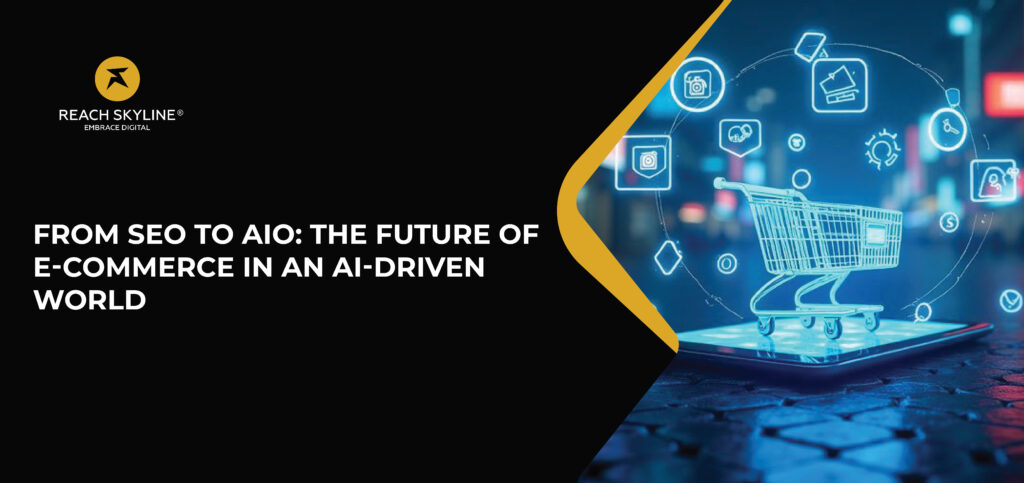AI-Powered Influencers: The Next Big Shift in Digital Marketing
The digital marketing world has always thrived on innovation. From the rise of social media to the explosion of influencer culture, brands have continuously adapted to capture consumer attention. Now, a new wave of transformation is taking shape AI-powered influencers. Blending artificial intelligence marketing with influencer strategies, these virtual personalities are revolutionizing how brands connect with audiences. As consumers crave authenticity and novelty, AI in influencer marketing is emerging as the next big shift in digital marketing. In this blog, we’ll explore how AI-powered influencers work, why brands are investing in them, and what this trend means for the future of marketing. The Rise of AI-Powered Influencers An AI-powered influencer is a digital persona created using advanced algorithms, machine learning, and content generation technologies. Unlike traditional influencers, they aren’t human but are designed to act, look, and even “think” like one. Some are hyper realistic virtual models, while others have a more animated, futuristic vibe. These virtual influencers are redefining brand collaborations by offering creativity without limitations. They don’t get tired, they don’t run into scandals, and they can work across multiple time zones simultaneously. For brands looking to scale global campaigns, this makes them a powerful asset. Why Brands Are Embracing AI in Influencer Marketing AI-Driven Content Creation and Social Media Tools AI is not just changing who influencers are it’s transforming how they create. AI-driven content creation tools can generate captions, videos, and even music tailored to brand messaging. Combined with AI social media tools, these influencers can publish posts across multiple platforms, analyze feedback, and refine their style continuously. Brands using AI influencers report better engagement in social media influencer campaigns because the content feels futuristic, personalized, and entertaining. Step Into the Future of Marketing The future of digital marketing is unfolding now. If you’re a brand looking to stand out in an oversaturated market, embracing AI-powered influencers could give you the edge you need. Start exploring AI-driven influencer marketing today integrate virtual influencers, leverage AI personalization, and stay ahead of the competition. By adopting AI in influencer marketing early, your brand can position itself as innovative, forward-thinking, and ready for the future.https://reachskyline.com/ The Future of Influencer Marketing with AI Looking ahead, the line between human and AI influencers will continue to blur. Influencer marketing strategies will increasingly include hybrid campaigns, where human influencers collaborate with virtual ones. Imagine a skincare influencer hosting a joint campaign with an AI-powered beauty model that provides personalized product recommendations. This evolution isn’t about replacing humans but expanding possibilities. The future of influencer marketing will be a mix of creativity, technology, and data. Benefits of AI-Powered Influencers for Brands For industries like fashion, gaming, fitness, and luxury, the opportunities are limitless. Long-Term Implications for Digital Marketing As more businesses adopt AI marketing innovation, we can expect: This isn’t just a short-lived trend it’s a paradigm shift that will reshape how brands and audiences interact. Final Thoughts The rise of AI-powered influencers represents more than just a new gimmick it is the next big shift in digital marketing. By combining artificial intelligence marketing, influencer strategies, and machine learning in marketing, brands can unlock new ways to connect with audiences. The future is clear: AI-powered brand collaborations will redefine influencer marketing, making campaigns smarter, faster, and more personalized than ever before. For marketers, this is the time to experiment, innovate, and embrace the power of AI in influencer marketing. Those who adapt early will enjoy stronger engagement, improved ROI, and a lasting competitive advantage. The next era of digital influence has already begun and it’s powered by AI.











